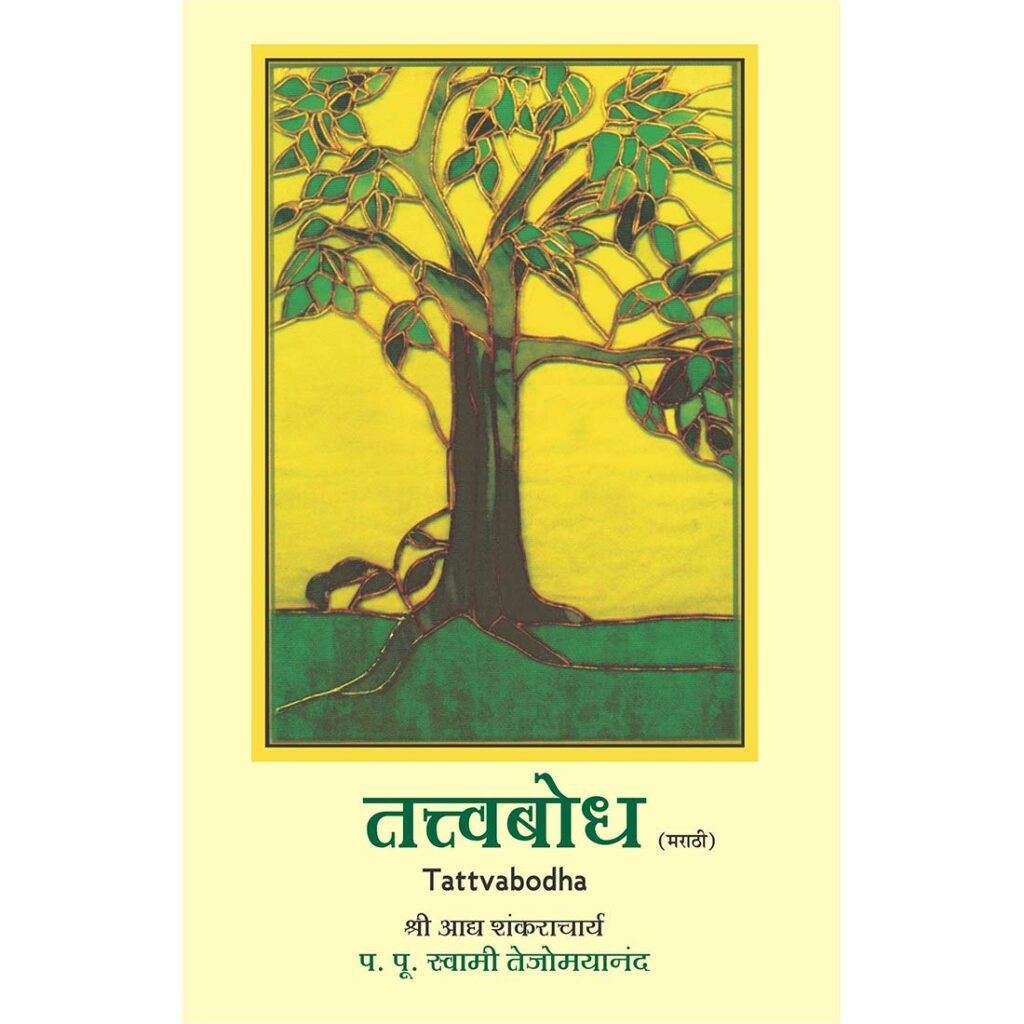Adi Shankaracharya Tattva-bodha Book
Tattva-bodha

Tattva Bodha, which means “Knowledge of the Truth” or “Understanding of the Principles,” is a foundational text in Advaita Vedānta attributed to Adi Shankaracharya, one of the greatest spiritual teachers in Indian philosophy. This short yet profound work serves as an introductory manual for seekers who wish to understand the basic concepts of non-dual Vedānta and prepare themselves for deeper study and realization. The text is written in the form of a dialogue between a teacher and a student, using a question-and-answer format that systematically explains the essential teachings required for Self-knowledge (ātma-jñāna). Tattva Bodha begins by defining the qualifications of a genuine seeker, known as sādhana chatuṣṭaya:
discrimination between the real and unreal (viveka), dispassion toward the fruits of actions (vairāgya), sixfold qualities like control over mind and senses (ṣaṭ-sampatti), and an intense desire for liberation (mumukṣutva). These qualifications are necessary for progressing on the path of Self-realization. The text then explores the five sheaths (pañca-kośa) that cover the true Self: the physical sheath (annamaya), vital energy sheath (prāṇamaya), mental sheath (manomaya), intellectual sheath (vijñānamaya), and bliss sheath (ānandamaya). By analyzing these layers, Tattva Bodha helps the seeker understand that the Self is not the body, mind, or emotions, but the pure awareness that witnesses them. The concept of the three bodies—gross (sthūla śarīra), subtle (sūkṣma śarīra), and causal (kāraṇa śarīra)—is also explained to show how the individual identifies wrongly with limited aspects of existence. The text introduces the idea of Jīva (the individual self),
Īśvara (God or the cosmic controller), and Jagat (the world), and explains their relationship through the concept of Māyā, the divine illusion or power that veils reality. Through Māyā, the non-dual Brahman appears as the manifold universe, just as one rope may appear as a snake in dim light. The ultimate teaching of Tattva Bodha is that the true Self (Ātman) is none other than Brahman, the infinite, eternal consciousness, and realizing this identity leads to liberation (mokṣa). The text emphasizes that knowledge alone—gained through śravaṇa (listening to the teachings), manana (reflecting upon them), and nididhyāsana (deep meditation)—is the direct means to liberation. Unlike ritualistic actions or pilgrimages, Self-knowledge alone destroys ignorance, which is the root cause of bondage and suffering.
Tattva Bodha is revered for its clarity, structure, and simplicity, making it accessible to beginners while being deeply insightful for advanced students. It serves as a bridge between philosophical theory and personal realization, offering both intellectual understanding and practical guidance for spiritual growth. In essence, Tattva Bodha distills the vast teachings of Vedānta into a concise and systematic form, guiding the sincere seeker step by step toward the realization of the Self as the infinite, indivisible reality, beyond all limitations and dualities.





















































